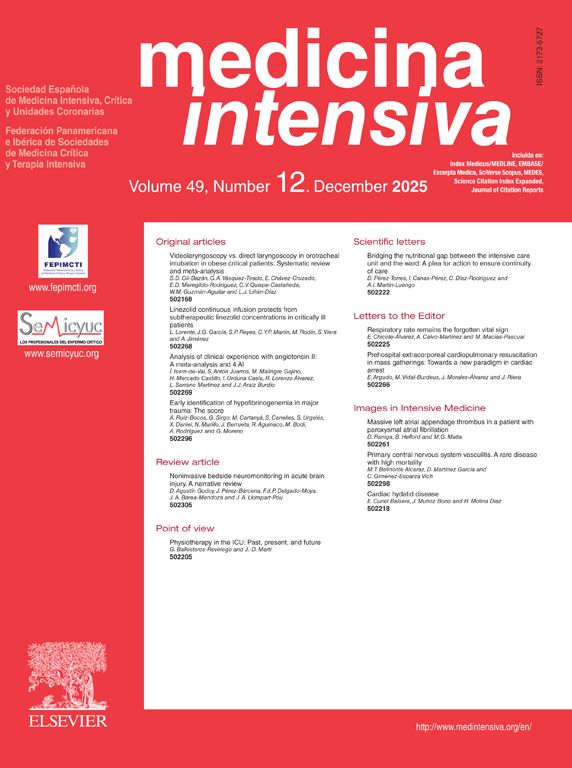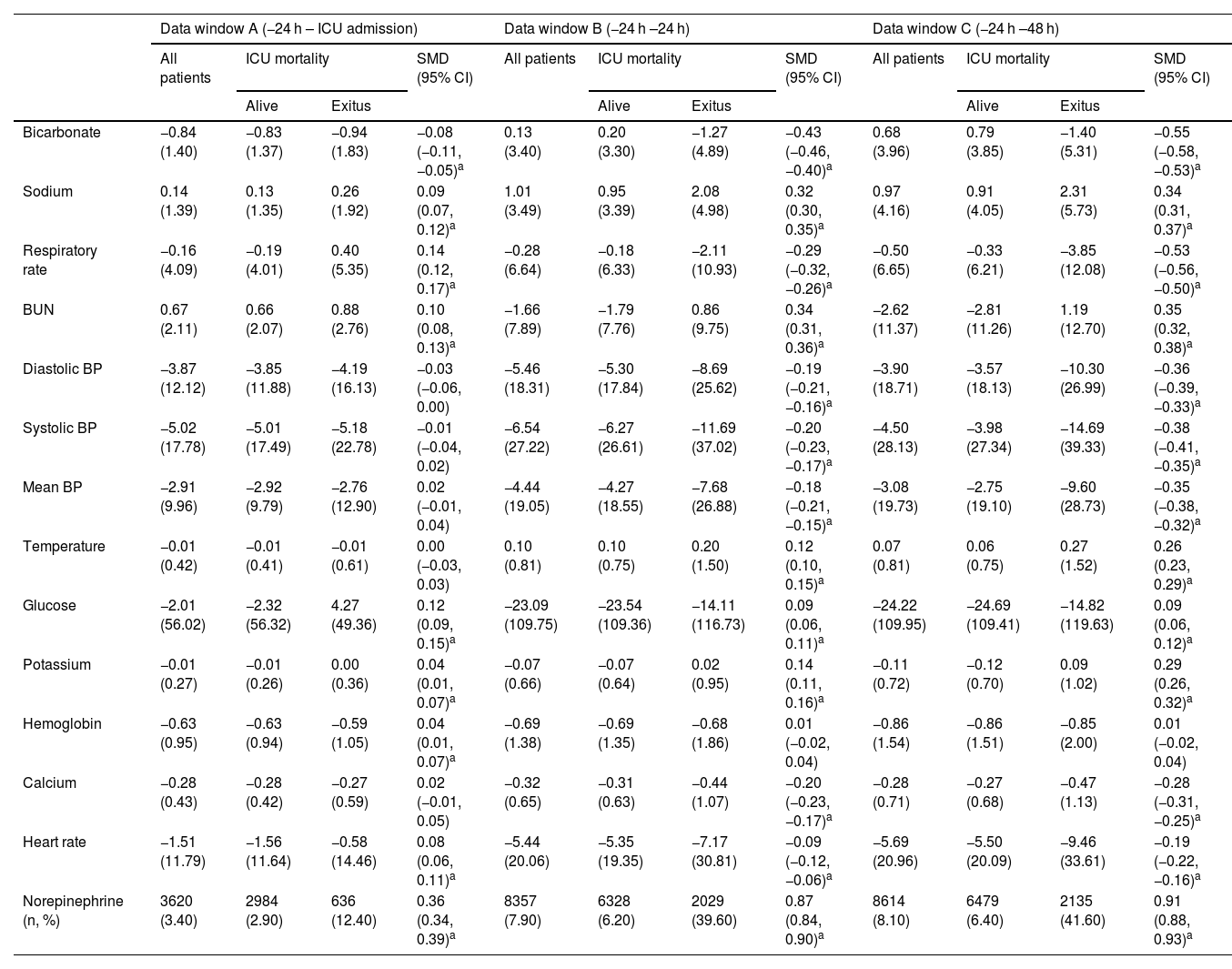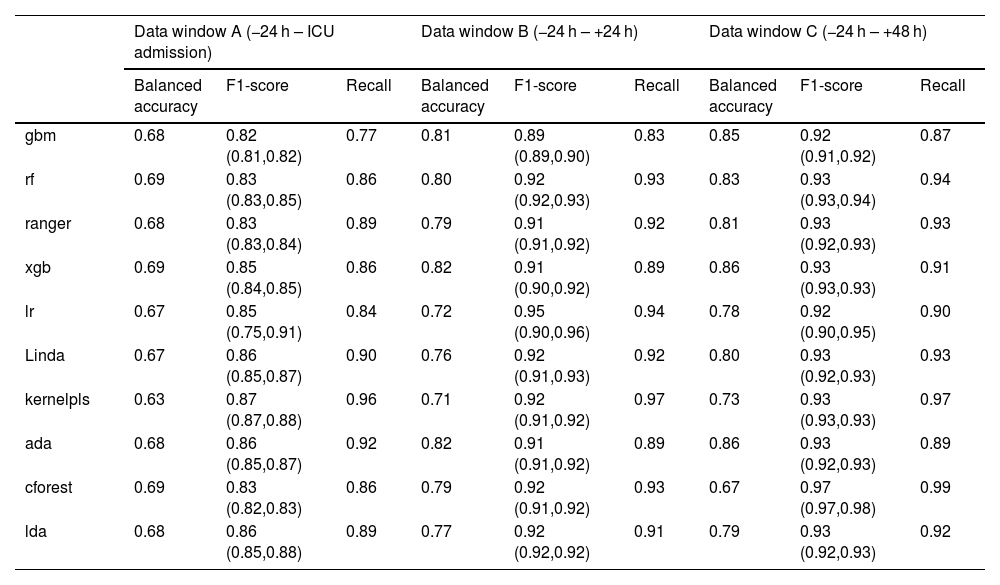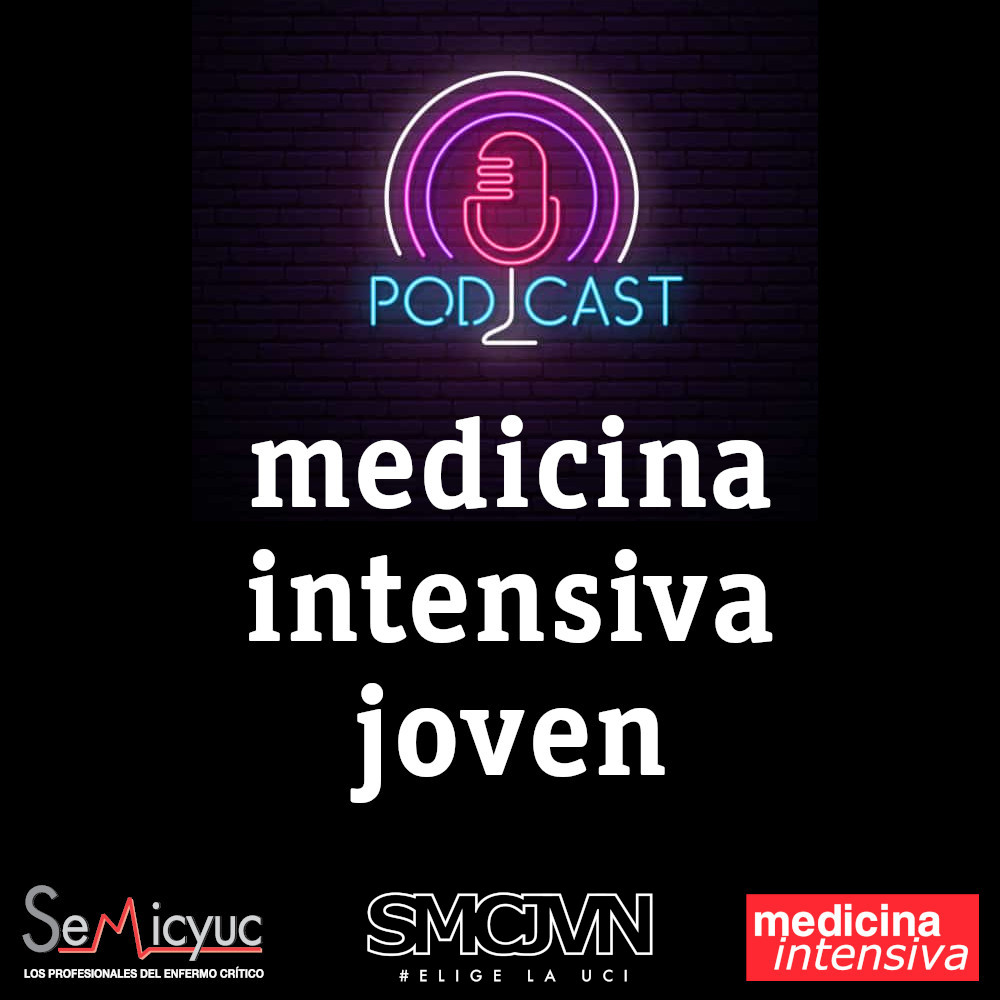This study has two main objectives: (1) to develop a multi-model framework for predicting Intensive Care Unit (ICU) mortality within the first 72 h of admission; and (2) to introduce a novel model-agnostic explainability approach classification that enables variable-level interpretation of predicted probabilities.
DesignRetrospective study using a multi-model machine learning approach, analyzing data across multiple time windows and incorporating demographic, clinical, and biochemical variables.
SettingICU mortality.
Patients or participantsPatients included in the eICU database over 16 years old who have been admitted to ICUs in 2014 and 2015 with available data within the first 72 h after ICU admission. A total of 106,449 patients were included in the analyses.
InterventionsNo clinical interventions were applied; this was a retrospective analysis for predictive model development and evaluation.
Main variables of interestDemographic, clinical, and biochemical variables collected across multiple time windows.
ResultsA total of 106,449 were included (mean age 62.6 years, 46% women), with an overall 72-h mortality of 4.8%. Random Forest models achieved one of the best results in terms of predictive performance metrics, with F1-scores of 0.93, 95% CI 0.93 to 0.94; 0.92, 95% CI 0.92 to 0.93 and 0.83, 95% CI 0.83 to 0.85 across the three temporal data windows. Due to these metrics, the ability to predict deaths, and the biological plausibility of the predictions, Random Forest models were selected from all those studied.
ConclusionsThe proposed multi-model approach significantly improves 72-h ICU mortality prediction. Moreover, we outline a model-agnostic strategy for variable-level interpretation of predicted probabilities, which may facilitate transparency and support future applications in clinical decision support.
Este estudio tiene dos objetivos principales: (1) desarrollar un multimodelo para predecir la mortalidad en la Unidad de Cuidados Intensivos (UCI) dentro de las primeras 72 horas de ingreso; e (2) introducir una novedosa metodología aplicable a cualquier modelo de clasificación que permita la interpretación a nivel variable de las probabilidades predichas.
DiseñoEstudio retrospectivo utilizando un enfoque de aprendizaje automático multimodelo, analizando los datos a través de múltiples ventanas temporales e incorporando variables demográficas, clínicas y bioquímicas.
Ámbitomortalidad en UCI.
Pacientes o participantesPacientes incluidos en la base de datos eICU mayores de 16 años ingresados en UCI en 2014 y 2015 con datos disponibles en las primeras 72 horas tras el ingreso en UCI, lo que significa que se incluyeron en los análisis un total de 106.449 pacientes.
IntervencionesNo se aplicaron intervenciones clínicas; se trató de un análisis retrospectivo para el desarrollo y la evaluación de modelos predictivos.
Variables de interés principalsVariables demográficas, clínicas y bioquímicas recogidas a lo largo de múltiples ventanas temporales.
ResultadosSe incluyeron 106,449 pacientes (edad media 62,6 años; 46% mujeres), con una mortalidad global a 72 horas del 4,8%. Los modelos Random Forest consiguieron uno de los mejores resultados en cuanto a métricas de rendimiento predictivo, con F1-score de 0.93, IC del 95 %: 0.93 a 0.94; 0.92, IC del 95 %: 0.92 a 0.93 y 0.83, IC del 95 %: 0.83 a 0.85 en las tres ventanas de datos temporales. Debido a estas métricas, la capacidad de predecir muertes y la plausibilidad biológica de las predicciones, se seleccionaron los modelos de Random Forest de entre todos los estudiados.
ConclusionesEl enfoque multimodelo propuesto mejora significativamente la predicción de la mortalidad en la UCI a las 72 horas. Asimismo, presentamos una estrategia agnóstica al modelo para la interpretación a nivel de variable de las probabilidades predichas, que puede contribuir a la transparencia y servir de base para futuras aplicaciones en sistemas de apoyo a la decisión clínica.
Article
Go to the members area of the website of the SEMICYUC (www.semicyuc.org )and click the link to the magazine.













